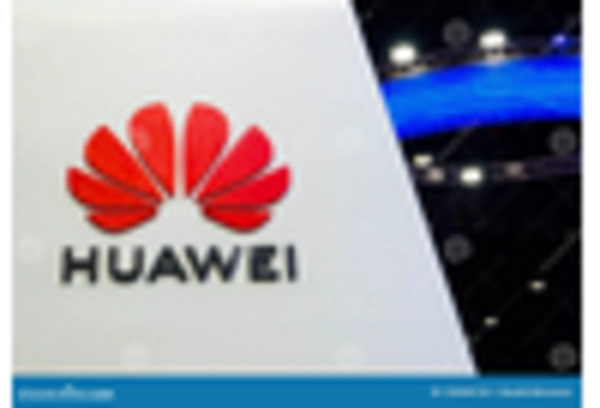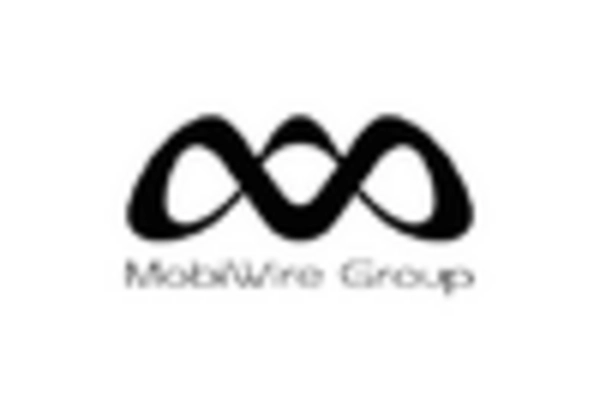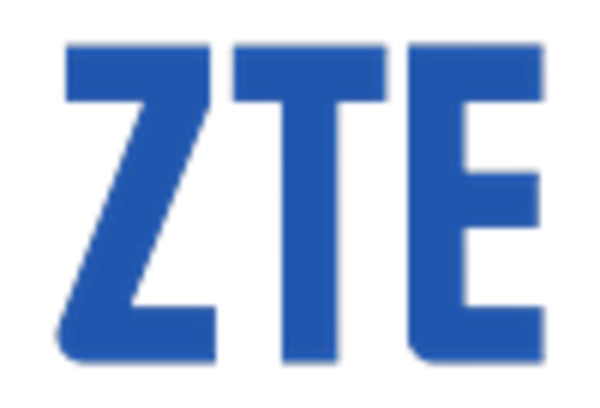Growth of E-commerce and Retail Spaces
The rapid growth of e-commerce in Japan has a profound impact on the in building-wireless market. Retail spaces are increasingly adopting advanced wireless solutions to enhance customer experiences and streamline operations. As consumers demand faster and more reliable connectivity while shopping, retailers are compelled to invest in robust wireless infrastructure. Recent statistics indicate that e-commerce sales in Japan are expected to reach ¥20 trillion by 2025, prompting retailers to prioritize wireless connectivity within their establishments. This trend not only boosts the in building-wireless market but also encourages innovation in wireless technologies tailored for retail environments.
Expansion of Smart Building Initiatives
Japan's commitment to sustainability and energy efficiency has led to the expansion of smart building initiatives, significantly impacting the in building-wireless market. These initiatives often incorporate advanced wireless technologies to enhance operational efficiency and user experience. The integration of IoT devices within smart buildings necessitates reliable wireless connectivity, which in turn drives demand for innovative solutions. As of 2025, it is estimated that over 30% of new commercial buildings in Japan will be classified as smart buildings, further propelling the growth of the in building-wireless market. This trend indicates a shift towards more interconnected environments, where wireless infrastructure plays a pivotal role.
Rising Demand for High-Speed Connectivity
The in building-wireless market in Japan experiences a notable surge in demand for high-speed connectivity solutions. As urbanization accelerates, the need for robust wireless infrastructure becomes increasingly critical. Businesses and consumers alike seek seamless internet access, driving investments in advanced wireless technologies. According to recent data, the market is projected to grow at a CAGR of approximately 15% over the next five years. This growth is fueled by the proliferation of smart devices and the increasing reliance on cloud-based applications. Consequently, the in building-wireless market must adapt to these evolving demands, ensuring that connectivity solutions can support the anticipated data traffic and user expectations.
Increased Focus on Public Safety Communications
The in building-wireless market in Japan is significantly influenced by the heightened focus on public safety communications. With the increasing frequency of natural disasters, there is a pressing need for reliable communication systems within buildings. Regulatory bodies are advocating for enhanced wireless solutions that ensure uninterrupted communication during emergencies. As a result, the market is witnessing a shift towards the implementation of advanced wireless technologies that can support emergency services. It is projected that investments in public safety communication systems will account for approximately 20% of the total market expenditure in the coming years, underscoring the critical role of the in building-wireless market in safeguarding lives.
Government Initiatives for Digital Transformation
The Japanese government is actively promoting digital transformation across various sectors, which significantly influences the in building-wireless market. Initiatives aimed at enhancing digital infrastructure are expected to drive substantial investments in wireless technologies. The government's focus on creating a digitally connected society aligns with the growing demand for efficient wireless solutions in buildings. As part of this transformation, it is anticipated that public and private sectors will collaborate to improve wireless connectivity, potentially increasing market growth by 25% over the next few years. This collaborative effort highlights the importance of the in building-wireless market in achieving national digital goals.

















Leave a Comment